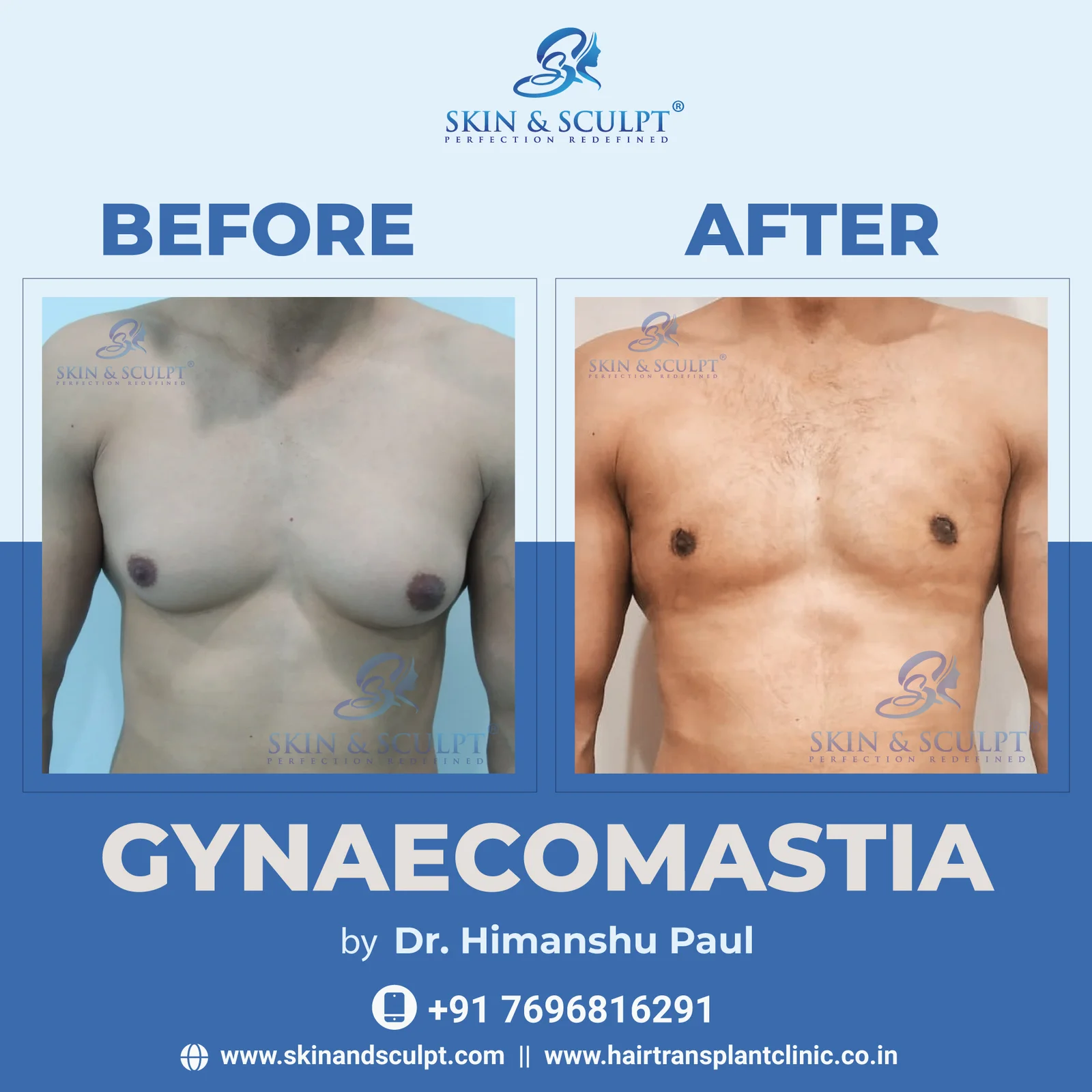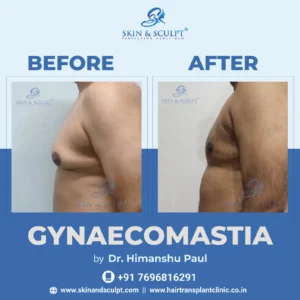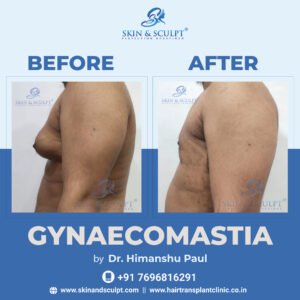Gynecomastia is a condition characterized by the enlargement of male breast tissue, often caused by a combination of excess fat and glandular tissue. It can lead to discomfort, self-consciousness, and a lack of confidence in one’s appearance. Fortunately, surgical procedures are available to address these concerns. If you’ve been searching for “gynecomastia surgery near me,” this article will guide you through the various approaches to gynecomastia surgery and how combination procedures effectively target both fat and glandular tissue.
Understanding Gynecomastia
Gynecomastia is commonly caused by hormonal imbalances, certain medications, or lifestyle factors such as weight gain. The condition may manifest in different forms:
- True Gynecomastia: Predominantly glandular tissue causes the enlargement.
- Pseudo-Gynecomastia: An excess of fatty tissue leads to the appearance of enlarged breasts.
- Mixed Gynecomastia: A combination of both fat and glandular tissue is present.
Combination procedures are particularly effective for those dealing with mixed gynecomastia, where both fatty and glandular components need to be addressed for optimal results.
What is a Combination Procedure?
In the context of gynecomastia surgery, a combination procedure involves using both liposuction and excision techniques to remove excess fat and glandular tissue from the chest area. This dual approach ensures a more comprehensive treatment, resulting in a flatter, firmer chest contour.
1. Liposuction for Fat Removal
Liposuction is used to target and remove the excess fat in the chest. It is performed through small incisions where a thin tube, known as a cannula, is inserted to break up and suction out the fat cells. This step is especially beneficial for reducing pseudo-gynecomastia or cases where a significant amount of fatty tissue is present.
Techniques Used:
- Tumescent Liposuction: Involves injecting a solution to numb the area and minimize bleeding before fat removal.
- Ultrasound-Assisted Liposuction (UAL): Uses ultrasound energy to liquefy fat, making it easier to remove.
- Power-Assisted Liposuction (PAL): Uses a vibrating cannula to break up fat more efficiently.
2. Excision for Glandular Tissue Removal
For patients with true or mixed gynecomastia, the glandular tissue needs to be surgically excised. This involves making a small incision around the areola (the dark skin surrounding the nipple) to remove the excess glandular tissue. Sometimes, a combination of tissue excision and liposuction is necessary to achieve the best results.
Benefits of Glandular Excision:
- Provides a flatter chest contour.
- Reduces the risk of gynecomastia recurrence.
- Allows for precise removal of dense tissue that cannot be addressed through liposuction alone.
The Benefits of Combination Procedures
If you’ve been considering “gynecomastia surgery near me,” opting for a combination procedure has several advantages:
- Comprehensive Results: By addressing both fat and glandular tissue, combination procedures offer more thorough and natural-looking outcomes.
- Minimized Scarring: The use of liposuction and minimal incisions helps to reduce visible scarring, allowing for a quicker and smoother recovery.
- Reduced Recurrence Risk: Removing glandular tissue lowers the chances of gynecomastia returning, especially if hormonal imbalances are under control.
- Customizable Treatment: The surgeon can adjust the procedure to meet the specific needs of each patient, ensuring optimal results tailored to individual anatomy and goals.
Ideal Candidates for Combination Procedures
Combination procedures are ideal for men who:
- Have mixed gynecomastia, where both fat and glandular tissue contribute to chest enlargement.
- Are in good physical health and have a stable weight.
- Experience physical or emotional discomfort due to the appearance of their chest.
- Have realistic expectations about the results and are committed to following post-surgery care instructions.
If you fit these criteria and have been searching for “gynecomastia surgery near me,” it may be time to consult a qualified plastic surgeon who specializes in treating gynecomastia.
The Recovery Process
After undergoing a combination procedure, recovery typically involves:
- Swelling and Bruising: These are common but usually subside within a few weeks. Wearing a compression garment can help minimize swelling.
- Pain Management: Mild discomfort can be managed with pain medications prescribed by your surgeon.
- Limited Physical Activity: Avoid strenuous exercise for at least a few weeks post-surgery. Light activities can be gradually resumed, but any chest-related exercise should only be started upon the surgeon’s advice.
- Follow-Up Visits: Regular check-ups ensure proper healing and allow the surgeon to monitor the results.
Choosing the Right Surgeon for Gynecomastia Surgery
When searching for “gynecomastia surgery near me,” it is crucial to find a board-certified plastic surgeon with experience in treating gynecomastia through combination procedures. Look for a surgeon who:
- Has a strong track record of successful gynecomastia surgeries.
- Can provide before-and-after photos of previous patients.
- Offers a thorough consultation to discuss your concerns, goals, and options.
- Makes you feel comfortable and confident in your decision.
Conclusion
Addressing both fat and glandular tissue is essential for effective gynecomastia treatment, especially in cases of mixed gynecomastia. Combination procedures that incorporate both liposuction and excision techniques offer comprehensive results, providing men with a flatter, more contoured chest. If you are considering surgery and have been searching for “gynecomastia surgery near me,” consulting a qualified surgeon who specializes in combination procedures is the first step toward achieving the desired results.
By understanding the nature of your gynecomastia and exploring the benefits of combination procedures, you can make an informed decision and move closer to the confident, healthy appearance you deserve.




